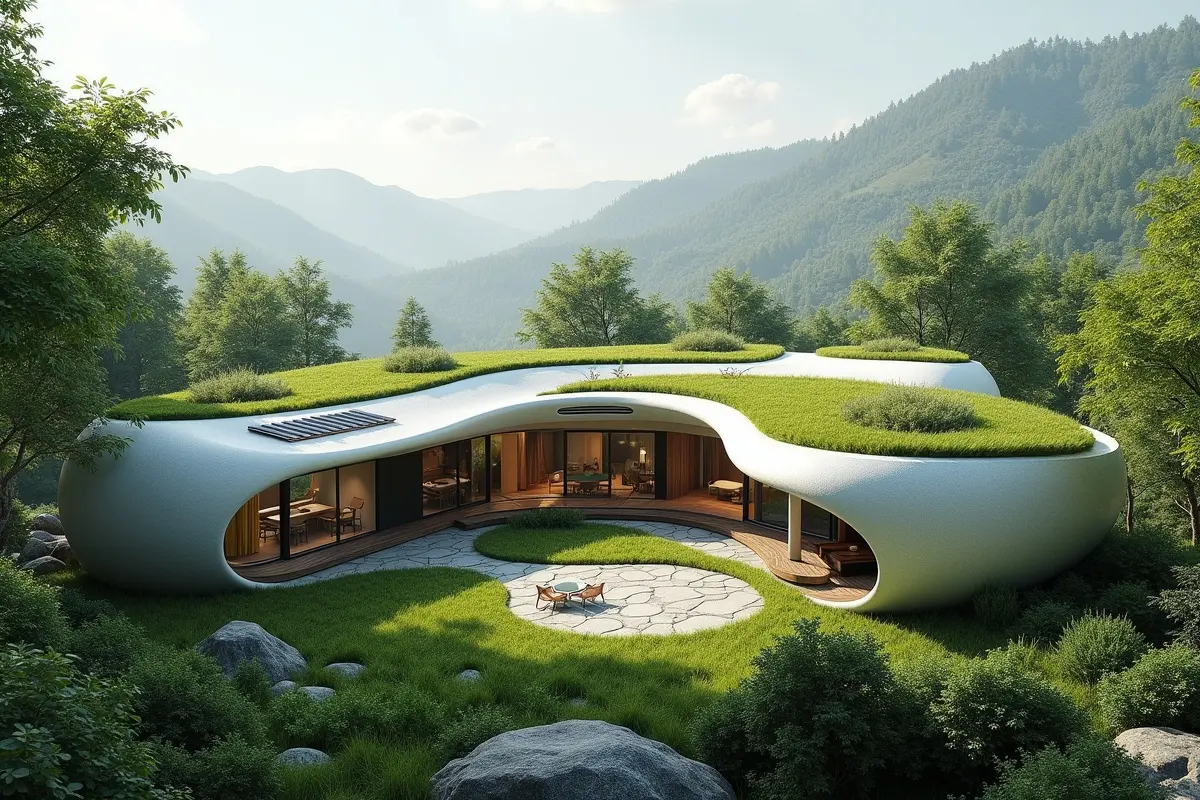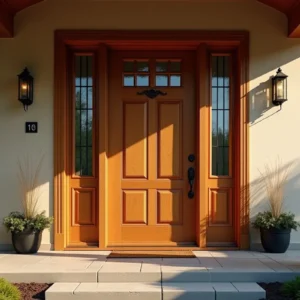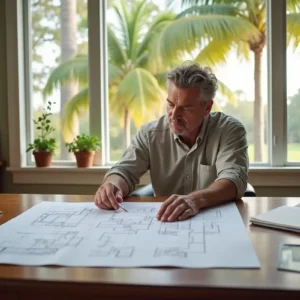As the global demand for sustainability grows, eco-friendly home design is quickly transforming from a trend to a foundational principle in residential architecture. Today’s discerning homeowners seek environmentally responsible solutions that combine beauty, efficiency, and eco-consciousness. Modern homes emphasize energy efficiency through advanced insulation, solar panels, and high-efficiency windows.
Notably, innovations like new lightweight concrete that captures CO2 represent the kind of technological progress pushing the industry forward. Thanks to design experts like Architects Gladwyne, PA, communities are seeing more homes that reduce environmental impact and create healthier living spaces.
Sustainable homes also incorporate responsibly sourced materials, rainwater harvesting systems, and green roofs that help manage stormwater and lower heat. Innovations such as alternative insulation methods and passive solar design are becoming the industry standard, not merely a luxury. These advancements benefit the environment and enhance homeowner comfort and the longevity of the home itself.
Contents
Open and Flexible Spaces: Adapting to Change
Contemporary living has redefined the boundaries of traditional interior architecture. Open floor plans dominate new builds, introducing a spacious, cohesive atmosphere ideal for entertaining, relaxation, and collaboration. With more people working from home, there is an increasing need for adaptable layouts that cater to evolving routines—a remote work setup, home gym, or children’s play zone.
Adaptability extends beyond aesthetics: moveable partitions, convertible rooms, and modular furniture empower homeowners to reconfigure their living environments as their needs change. This trend maximizes usable space and fosters a sense of fluidity and connection, reflecting the dynamic nature of modern family life.
Biophilic Design: Bringing Nature Indoors
Biophilic design interests continue to surge as people seek wellness and tranquility at home. Large windows, skylights, and sliding glass doors flood interiors with natural light while connecting inhabitants to the outdoors. Homeowners opt for living walls, indoor gardens, and organic materials such as wood, stone, and bamboo, all of which create a calming environment.
The psychological benefits of biophilic elements are widely recognized, including reduced stress, improved air quality, and increased productivity. As Forbes reported, these nature-focused strategies are increasingly incorporated into residential architecture as homeowners recognize the need to foster a healthy indoor environment.
Smart Home Integration: A Technological Leap
The digital revolution has ushered in a new era of intelligent homes. Today’s residences commonly feature automated climate control, bright lighting, and integrated security systems that promote efficiency, convenience, and safety. Through voice commands or smartphone apps, homeowners have unprecedented control over their spaces—an especially valuable feature for aging populations or individuals with accessibility needs.
Technology-driven architecture is also setting new standards for sustainability. Smart irrigation, energy-use tracking, and adaptive ventilation help reduce resource consumption and utility costs. According to Wired, the integration of intelligent systems is quickly becoming a deciding factor for homebuyers and a hallmark of high-value homes.
Material Innovation in Modern Homes
Cutting-edge building materials are redefining the look and function of residential properties. In recent years, we have seen a surge in durable, low-maintenance, and sustainable materials—from recycled metals and reclaimed wood to ultra-efficient glass and high-performance composites. These materials not only extend a home’s lifespan but also reduce ongoing costs and maintenance requirements.
Advanced construction methods, such as 3D printing and prefabrication, are making building custom homes with eco-friendly features and unique aesthetics easier and faster. Industry data supports the increased adoption of these techniques, showing a robust trend towards resource optimization and design flexibility.
The Rise of Housing Diversity
Demographic shifts and affordability concerns transform residential architecture with diverse solution-driven housing types. From tiny homes appealing to minimalists to modular dwellings that expedite construction in urban environments, varied housing styles address a broad spectrum of lifestyle needs. Multi-generational households also demand flexible layouts with separate suites and communal spaces, ensuring comfort for every family member.
Architects increasingly embrace universal design principles to accommodate people of all ages and abilities. This commitment to inclusivity fosters resilient, supportive, and adaptable communities—ensuring that residential design keeps pace with social change.
Staying Informed with Architectural News
The rapid evolution of architectural trends emphasizes the importance of staying updated with the latest industry developments. Reading architecture news helps designers, builders, and homeowners anticipate future shifts and discover innovative design approaches.
Keeping abreast of global trends inspires creative solutions for local projects and encourages a culture of continuous learning and adaptability, which are vital for meeting the challenges of tomorrow’s residential architecture.
Conclusion
Today’s residential design trends represent more than fleeting aesthetics—they are deeply connected to broad societal shifts and technological progress. By embracing sustainability, flexible spaces, nature-centric elements, and innovative technologies, architects and homeowners alike can create living spaces that are both functional and future-ready. Staying informed and responsive to these trends ensures that the homes of tomorrow will support healthier, more adaptive, and more resilient communities.





